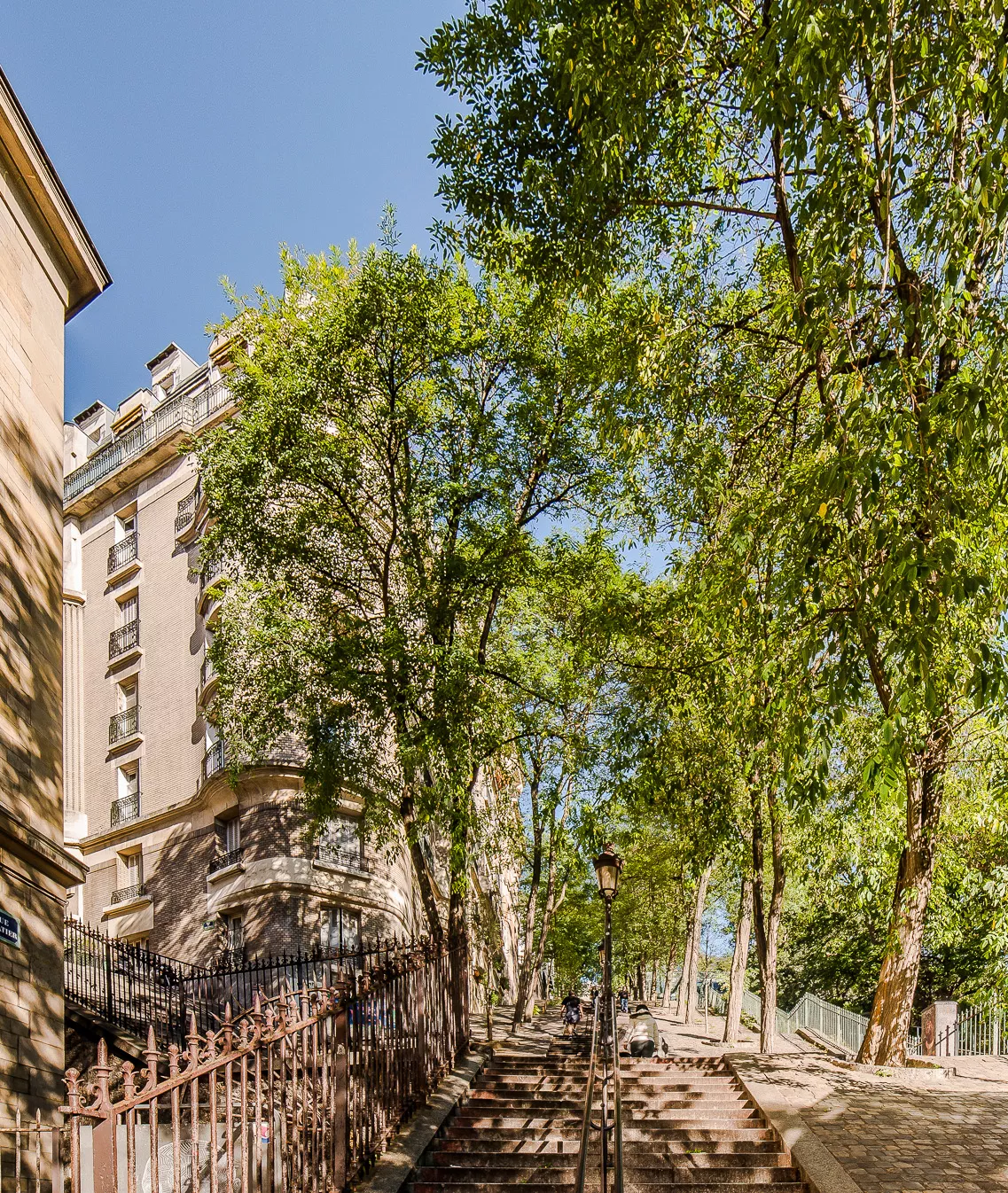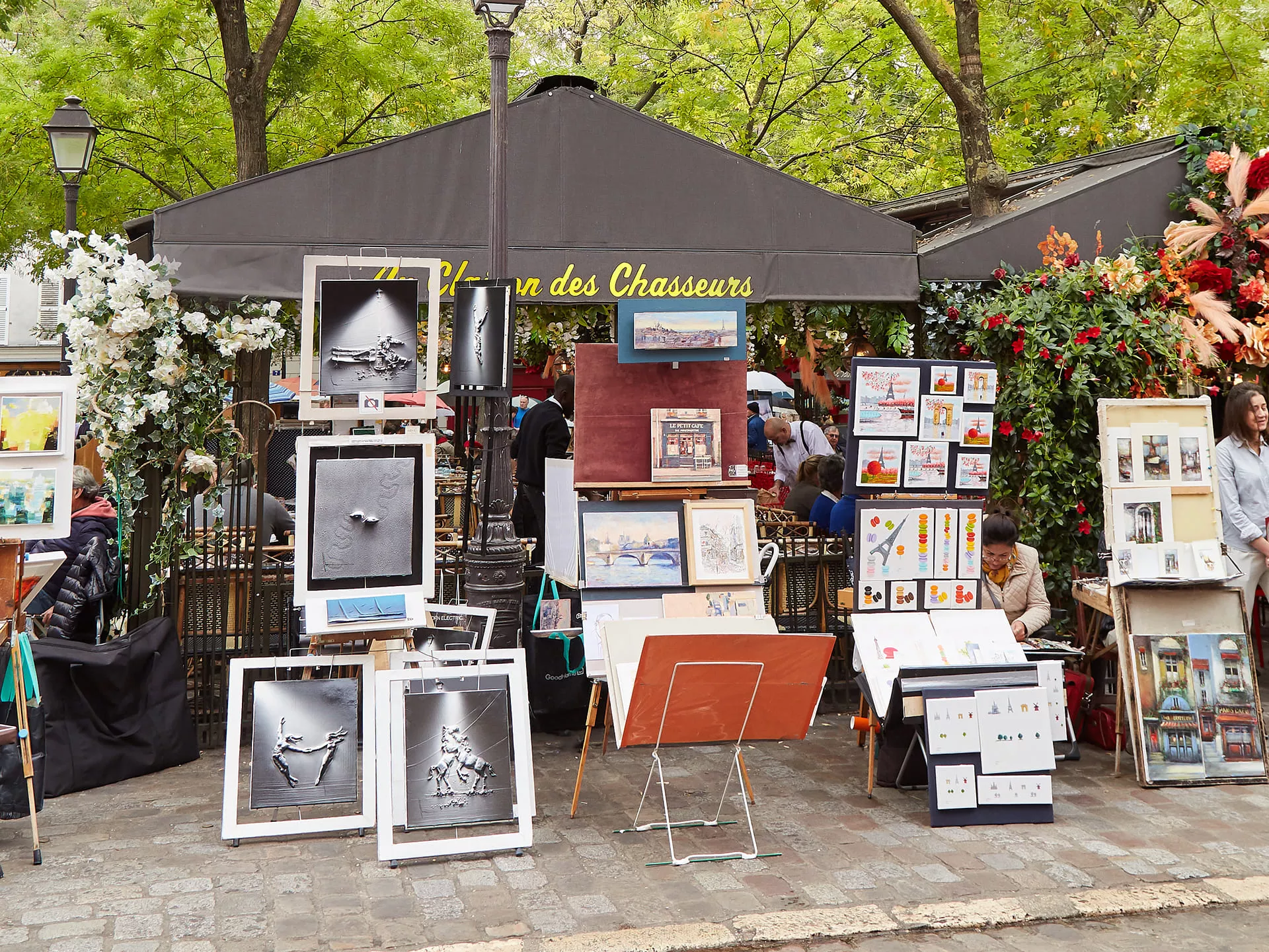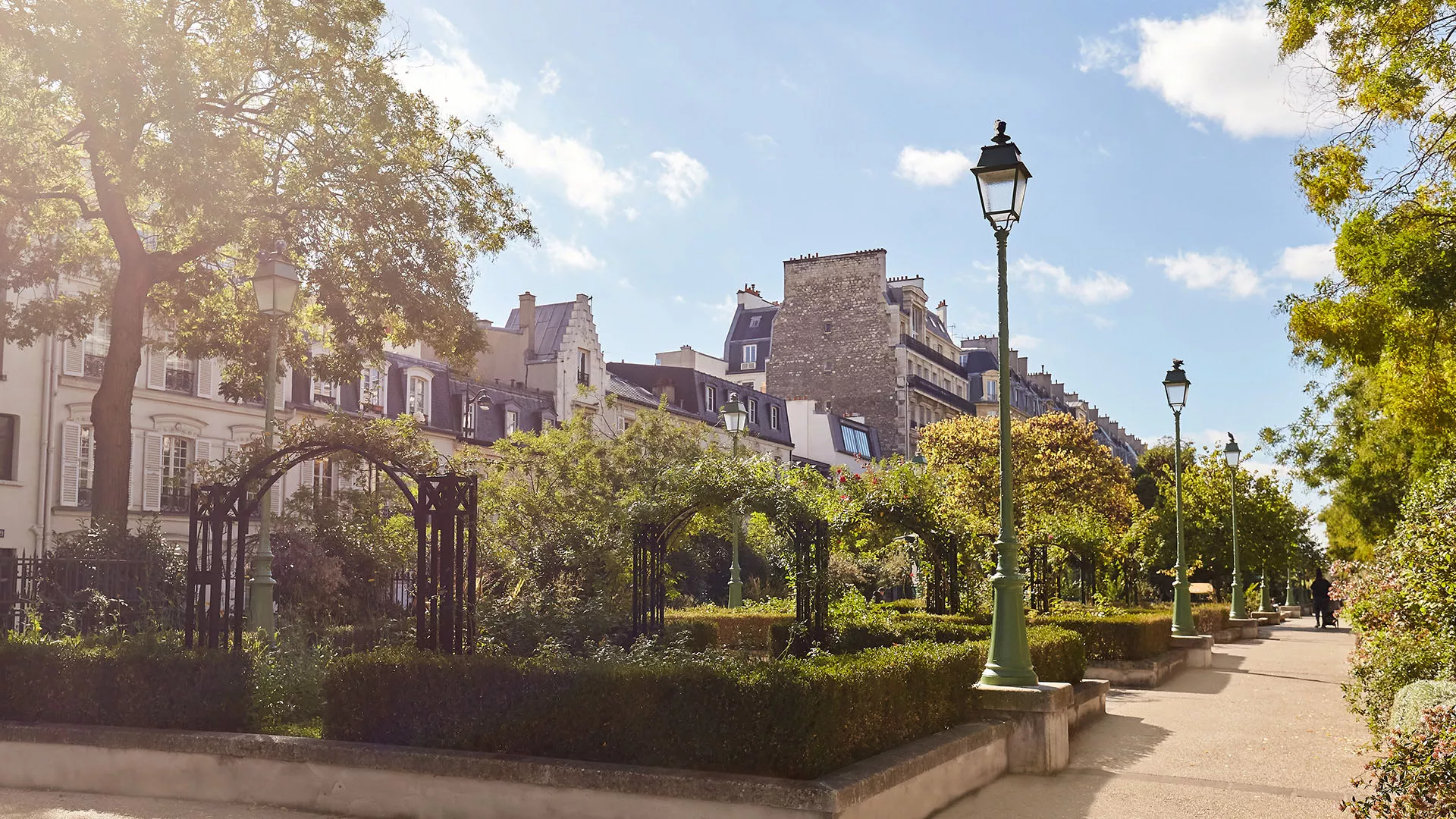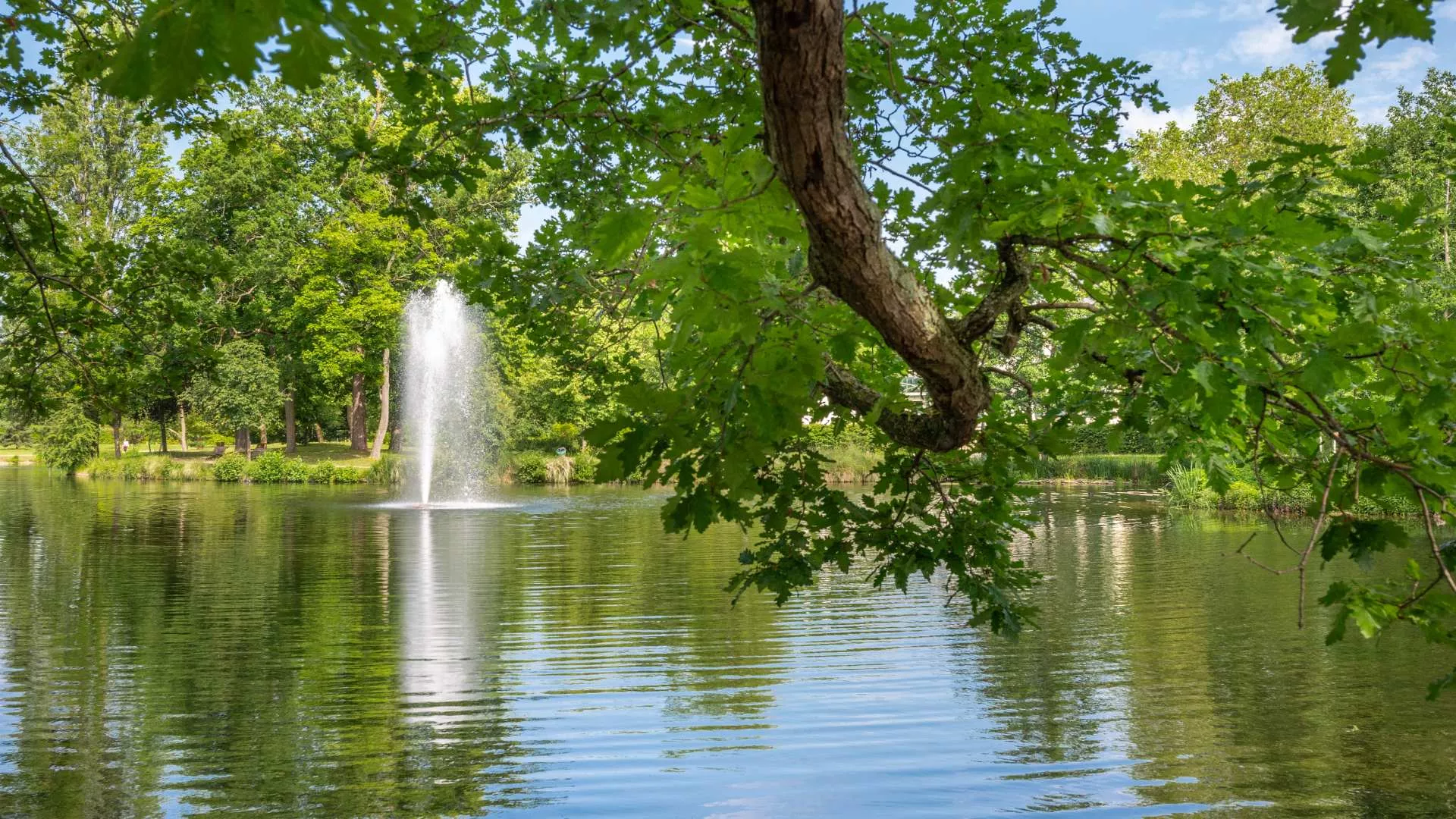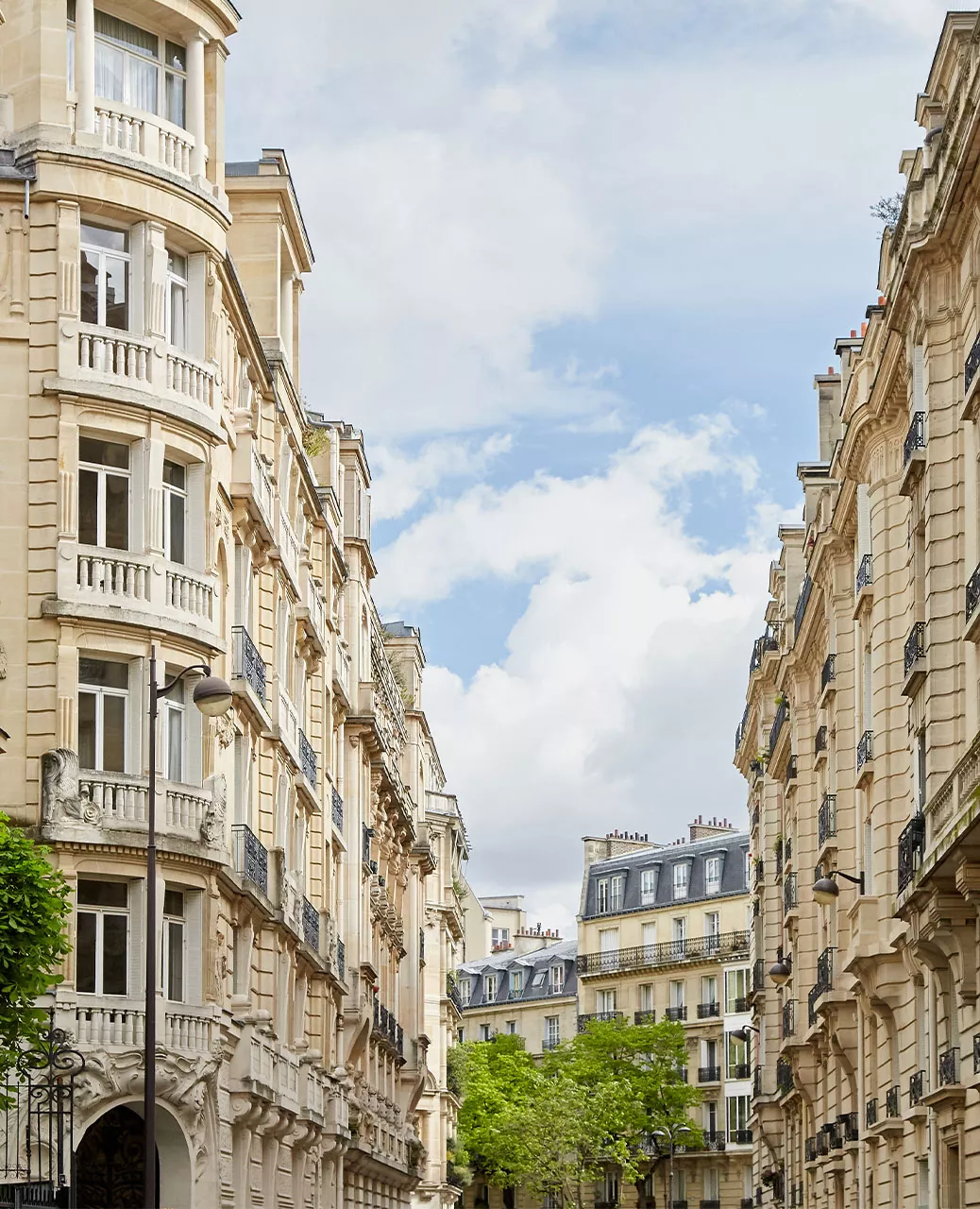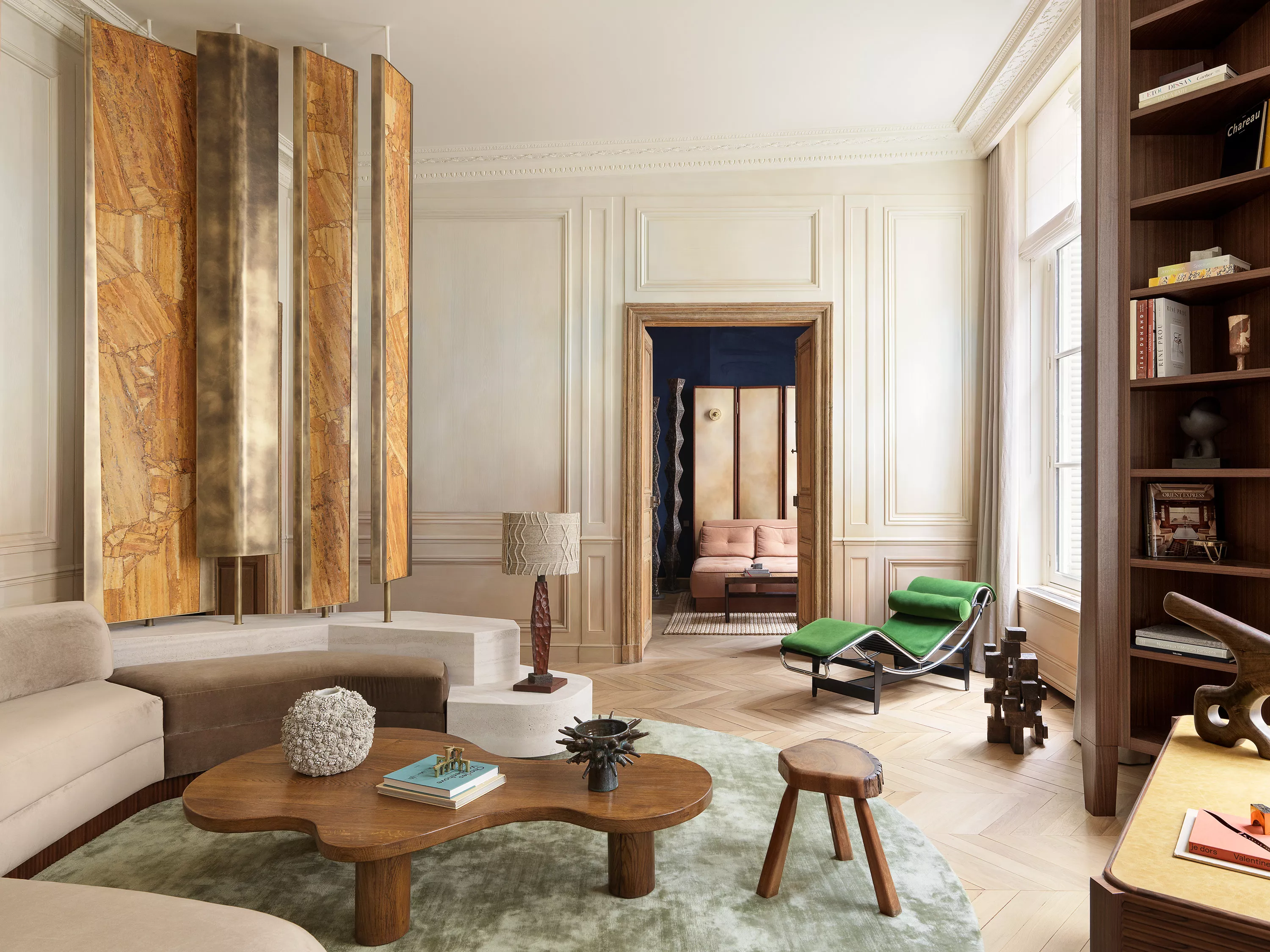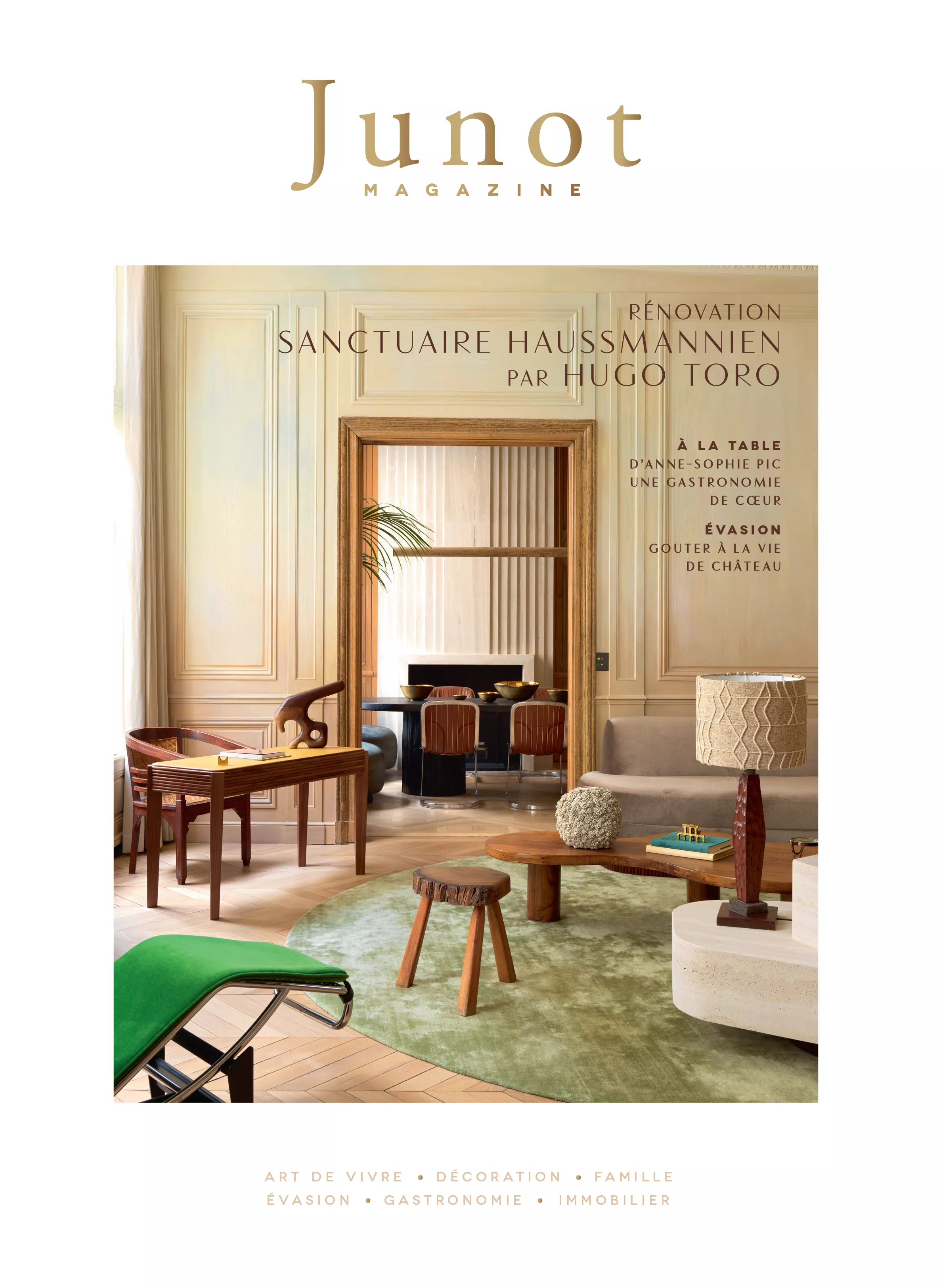The Montmartre district: The typical charm of Paris
The highest point of Paris, at an altitude of 130 meters, Montmartre is certainly the most emblematic district of Paris. Overlooked by the Sacré-Cœur, punctuated with cafés and restaurants, hidden squares and historic mills: the Montmartre district looks like a postcard setting. Far from being reserved for tourists, it has also transformed into a trendy and constantly changing neighborhood, between the very popular Lamarck-Caulaincourt and Jules Joffrin, in the heart of the 18th arrondissement.
A bit of history…
The year 1860 marked a turning point in the history of Paris. The villages located on the outskirts of Paris are integrated into the capital to form the city we know today. Belleville, Passy, Auteuil… But also Montmartre. What was once just a vast field, becomes the landmark of artists and free spirits. The Montmartre district today retains traces of this artistic excitement. At the bend of its narrow and steep streets, we discover a multitude of bookstores and art galleries, in homage to this past abundance.
The Montmartre of artists
Writers, painters, actors… Artists have always loved Montmartre. Since the mid 19th century, the period of the beginning of Impressionism, the Sacré-Cœur district has been the meeting place for mythical figures like Renoir, Monet, Picasso, Cézanne and Degas who meet in small cafés. Today, Montmartre has lost none of its finery and charms visitors with its still-present arty atmosphere, between art galleries, small bookstores and artists' studios.
Montmartre: the most picturesque of Parisian districts
Nowadays, Montmartre is attractive for its bohemian and picturesque side: with its steep streets, its shaded squares, its cobbled streets, its colorful facades, its century-old street lamps and even its vineyards! The richness of Montmartre lies in the diversity of its history, its inhabitants and its architecture.
A few steps away... Jules Joffrin and Lamarck-Caulaincourt
Between the Montmartre hill and the more popular Clignancourt, you can discover the new trendy district, going from Jules Joffrin to Lamarck-Caulaincourt. Around the Town Hall of the 18th arrondissement, it attracts families, young couples or “bobos” in search of a small village atmosphere, still alive, but slightly on the fringes of the frenetic hustle and bustle of the center. There you will find numerous restaurants, bars, cafés but also a multitude of shops. Rue du Poteau is a beautiful illustration of this and combines greengrocers, butchers, cheesemongers, wine merchants, and fishmongers... to the delight of lovers of fresh, quality products. Every weekend, it also transforms into a market, brightening up the Montmartre district with the colors of its stalls.
The Montmartre district: the must-see places
The Sacré-Cœur: how to talk about Montmartre without mentioning the Sacré-Cœur. A real attraction for tourists, it is the masterpiece of grandeur of the 18th arrondissement. Built at the end of the 19th century , this entirely white building is accessible from the funicular. Once you arrive at its square, the place offers a breathtaking view of all of Paris.
Place du Tertre: known throughout the world, Place du Tertre is one of the most visited places in Paris. Littered with cafes and restaurants, many artists set up their easels there every day to take portraits of passers-by.
The Montmartre Museum: a few steps from the Sacré-Cœur and the Place du Tertre, the Montmartre Museum and its gardens offer a haven of peace and greenery in the heart of Paris. The Museum's permanent collections look back on the history of the Butte, the excitement of its workshops and its famous cabarets.
La Maison Rose: just a few steps away, it's impossible not to notice this pink house with its pretty green shutters. Symbol of the Montmartre district, facing the vineyards, it is the ideal meeting place for lunch or a coffee break.
Le Moulin de la Galette: immortalized in 1894 in a painting by Auguste Renoir, the Moulin de la Galette ball was in the past a popular festival venue. Hot pancakes were served there and people flocked to dance. Today, it is a legendary restaurant in the Montmartre district.
Le Bateau-Lavoir: the Bateau Lavoir workshops border a delightful little shaded square (formerly Place Ravignan, today Place Émile Goudeau) decorated with the Wallace fountain. This is where Georges Braque and Amadeo Modigliani painted some of their paintings. They still welcome artists today.
Le Hameau des artistes: small private enclave, located at 11 Avenue Junot, Le Hameau des artistes is an unusual place. An island of greenery, it houses artists' studios and other Art Deco style houses.
Green spaces in Montmartre
Square Louise Michel: it begins on the square in front of the Sacré-Cœur and goes down to Place Saint-Pierre. Known for its unique beauty, it is decorated with a large staircase leading up to the basilica, several fountains, as well as numerous sculptures.
Square Nadar: animal lovers, Square Nadar is one of the city's many dog parks. At the foot of Sacré-Cœur, it is a friendly and family park.
Square Suzanne Buisson: located between Avenue Junot and rue Simon-Dereure, this small green space houses the statue of Saint-Denis as well as a pétanque court for beautiful summer days.
Schools in the area
André Del Sarte School: 11, rue André del Sarte
Constantin Pecqueur nursery school: 1, place Constantin Pecqueur
St-Jean Montmartre school group: 31, rue Caulaincourt
Damrémont School: 65, rue Damrémont
Transport services
Metro : 2 and 12
Bus : 31, 40, 54, 60, 68, 80, 85
Living in Montmartre is a dream for many tourists around the world amazed by the unparalleled charms of the neighborhood, typically Parisian. It nonetheless remains very pleasant to live in, with a country feel in Paris. Find all Junot properties for sale and rent in Montmartre by contacting our consultants at our Junot Montmartre agency.

